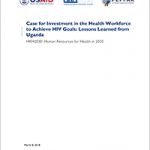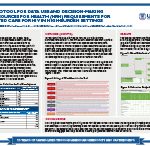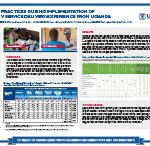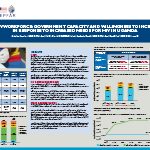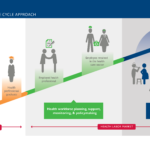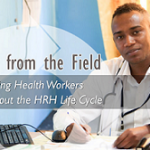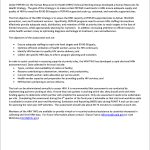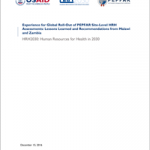31 Jul Case for Investment in the Health Workforce to Achieve HIV Goals: Lessons Learned from Uganda
While Uganda is on track to meet 90-90-90 targets by 2020, the country faces several human resources for health (HRH) and financing constraints to scaling-up HIV services. Some of the health workforce challenges include inadequate skills mix, maldistribution, and a 36 percent vacancy rate...






